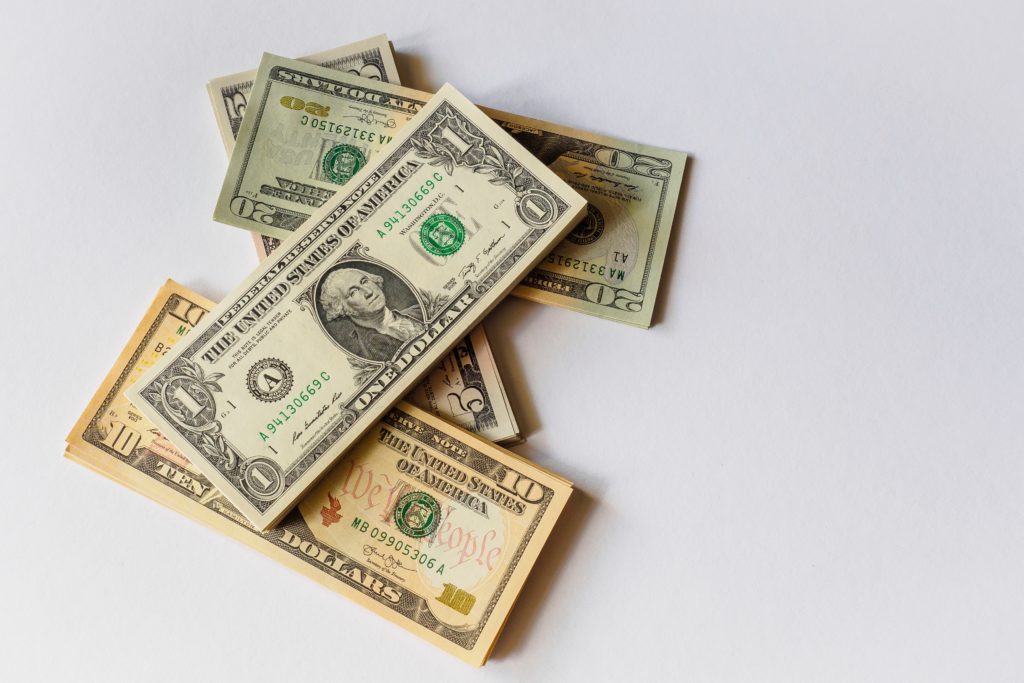Wonolo
There is a lot of conversation about the minimum wage. Recently, many states and cities have enacted minimum wage increases, and the concept of a living wage is becoming more widespread. Plus, there is talk of increasing the federal minimum wage with the Raise the Wage Act of 2021. So why is the minimum wage on so many peoples’ minds? And what does that mean for workers and businesses across America? Read on to find out.
The Federal Minimum Wage Through History
The federal minimum wage for employment was introduced in 1933. It has increased gradually over the years, but it is not a scheduled increase. Congress must pass a bill, which the President must sign, to increase the minimum wage.
Currently, the federal minimum wage sits at $7.25/hour and has not been raised since 2009. The minimum wage for tipped employees is $2.13, but if those workers don’t reach up to $7.25/hour once tips are included, their employer must make up the difference. There are also sub-minimum wages for youth workers, full-time students, and disabled workers. The minimum wage’s purchasing power peaked in 1968 at $1.60/hour, the equivalent of $12/hour in 2019.
Raise the Wage Act of 2021
On January 26, 2021, Democrats in the House and Senate reintroduced a bill called the Raise the Wage Act. It was first introduced in the House in 2019 but never saw a vote in the Senate. The Raise the Wage Act would raise the federal minimum each year gradually until it hit $15/hour in June 2025. The Raise the Wage Act would also eliminate sub-minimum wages for youth and disabled workers. Under the Act, the minimum wage would continue to increase beyond $15 per hour at the same rate as the median hourly wage.
President Biden has voiced his support for raising the federal minimum wage and has included a call to increase it in his recent stimulus package. Of the issue, he recently said, “No one should work 40 hours a week and live in poverty. But it’s totally legitimate for small business owners to be concerned.” Currently individuals who earn the federal minimum wage make $15,080/year, which is only $2,200 above the federal poverty line for a single-person household and below the poverty line for households with 2 or more people. President Biden’s comments also speak to concerns that increasing the minimum wage could negatively impact small businesses, making it harder for them to stay afloat as they pay more in wages.
Potential Impacts of Raising the Minimum Wage
A few issues may come to mind with regards to increasing the minimum wage. The first is the impact on those making minimum wage. Would increasing the minimum wage lift more minimum-wage workers out of poverty? How many people would be affected? The second issue is the impact on businesses. How would they fund an increase to the minimum wage? Would some businesses be forced to reduce their workforce? And finally, there is the impact on the federal government. Would unemployment rates decrease or increase? Would this impact a potential budget deficit? Would spending on other programs be impacted? There are no easy answers, but many have tried to analyze the data to get more insight into these questions.
The Congressional Budget Office (CBO) released a report on the budgetary effects of the Raise the Wage Act of 2021. In that report, they predict that the Raise the Wage Act would lift 900,000 people out of poverty, but the country would lose 1,400,000 jobs. They also address possible changes to federal spending, predicting that Medicare and Medicaid costs could increase because of increases in labor costs and enrollment by those who lost jobs. They expect higher spending on unemployment and Social Security, as some lose jobs or exit the labor force. They also anticipate decreased government spending on nutrition programs as some people earn more and no longer qualify for those programs.
However, not everyone agrees with the methodology employed in the CBO report. For example, the Economic Policy Institute conducted an analysis of the Raise the Wage Act and found that almost no jobs would be lost. Additionally, they did not have strong conclusions on how the minimum wage increase would be financed, while CBO assumed it would be primarily through price increases by businesses and reductions in business profits. This shows there are still some disagreements over the ultimate impacts of the proposed minimum wage increase.
The Future of the Minimum Wage
The Raise the Wage Act is moving through Congress at the end of February 2021, and its future is uncertain. If it passes, the federal minimum wage will increase to $9.50/hour this year. If it does not pass, it remains to be seen when there will be another attempt to increase the federal minimum wage. States and cities continue to pass minimum wage increases, both in Democratic and Republican-led areas, indicating there may be increasing support across the nation for minimum wage increases. Only time will tell if the federal minimum wage will increase in the next four years and by how much.
This piece is one of a series of blog posts aimed at providing general information to the public. To learn more about Wonolo’s mission of helping underserved people find work on their own terms, with jobs that fit their schedule, visit https://blog.wonolo.com/. Nothing in this post should be construed as legal advice, if you need legal advice, consult an attorney.
*Living wage and minimum wage are subject to change, these were the wages as of December 2020.






